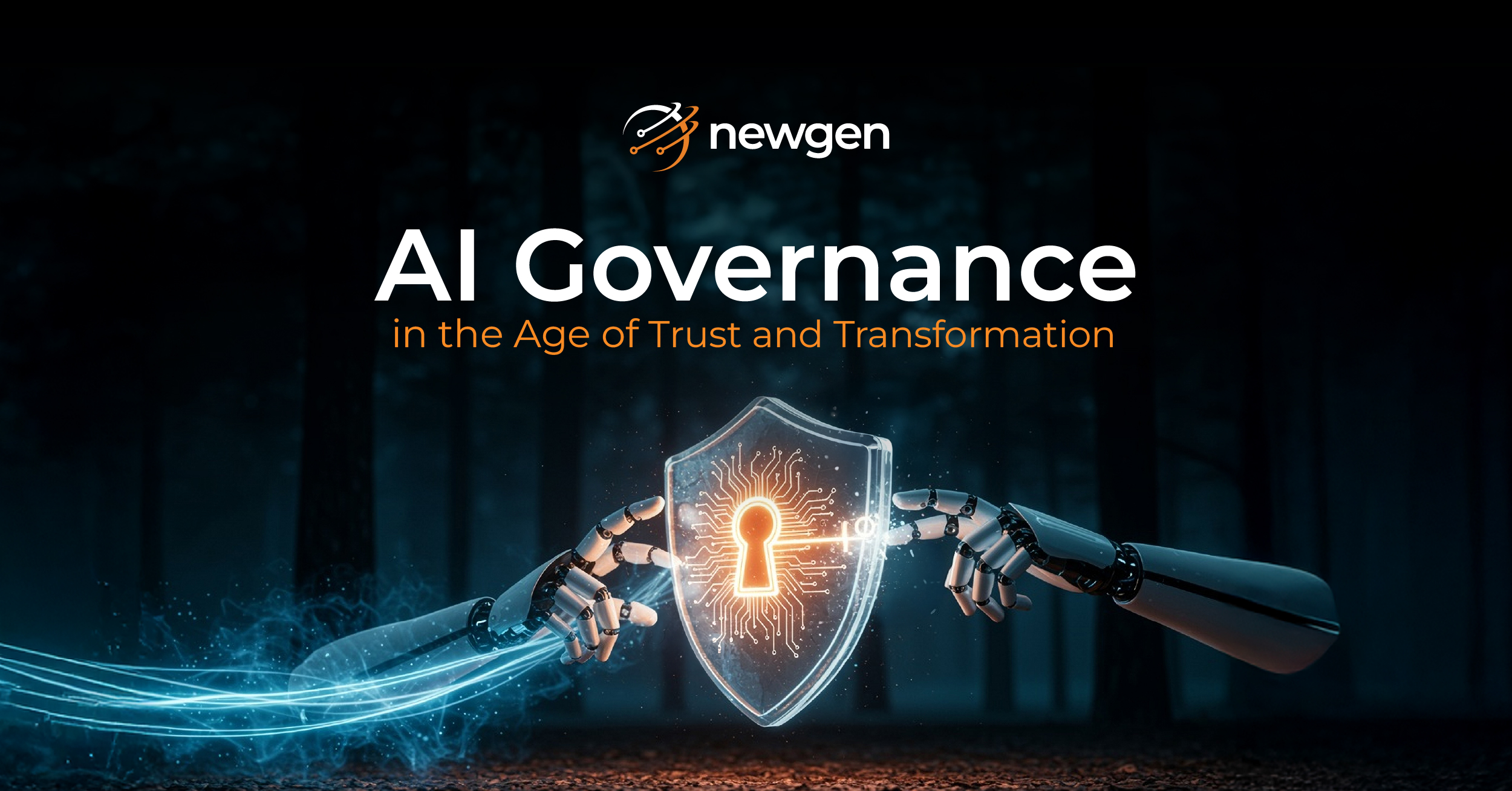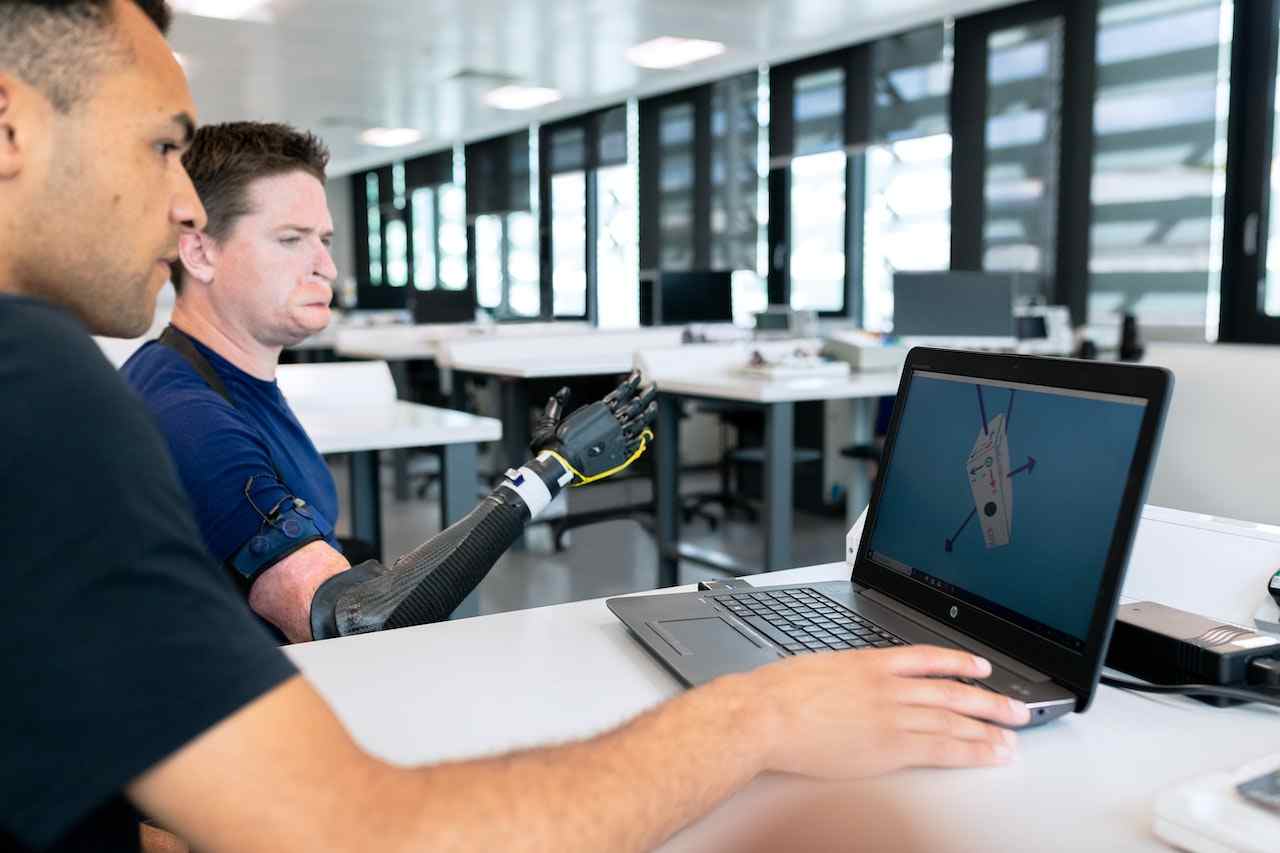When we were chalking out business plans in the board rooms, COVID-19 struck, affecting businesses globally and disrupting manual or partially automated processes. By now, we have learned to live with the pandemic around us. We’ve embraced the new normal of remote working. But are we as effective as before? Are manual processes hurting our business operations and customer service?
Thanks to technologies like robotic process automation (RPA) that came to our rescue during these testing times when survival meant the rapid adoption of digital. Automation of routine, mundane, and template-based processes with bots acted as a quick-fix in enabling smooth remote operations and maintaining business continuity.
RPA: A savior for businesses
RPA has made it easier for organizations to go digital and deliver uninterrupted services without compromising their speed and quality. Bots can work round the clock tirelessly and accurately, freeing up our valuable resources to take charge and talk strategy.
Further, RPA is enhancing business resilience by:
- automating back-office activities
- auto-generating responses to customer queries
- reducing dependency on individual employees
- scaling operations based on varying supply chain demands
- and more
Let’s take a look at three industry-specific use cases where RPA is helping organizations survive and thrive in the new normal.
- Faster loan disbursement
Financial institutions are leveraging bots to automate their loan qualification and validation processes, making disbursements more efficient. This is also helping them streamline their inbound loan processing and existing underwriting approvals.
- Streamlined employee health screening
Government agencies and private organizations alike are deploying bots to send out periodic surveys through multiple channels with questions about their employees’ health and travel history, among others. Based on the responses, the bot creates a risk score to assess whether a person is fit to physically attend the office or not.
- Intelligent resource allocation
Hospitals are setting up bots to maintain a log with details about healthcare workers who are in good health, need quarantine, or have been exposed to or infected with COVID-19. This helps them allocate resources efficiently and ensure timely support for both the medical staff as well as the patients.
This is just a glimpse of how RPA has been enabling a secure, touchless environment to help businesses stay afloat through this crisis. RPA is the clear choice for organizations to stay current and gear up for the digital-only world.
You might be interested in




